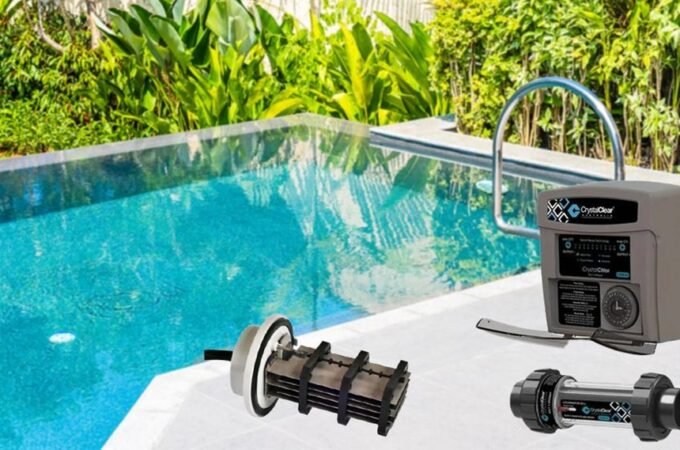
A Guide to Home Improvement After Water Damage
Table of Contents
ToggleAssessing the Damage
The first step is a thorough assessment when your home suffers water damage. This isn’t just about gauging visible damage; it’s about understanding the extent and potential hidden impacts. Start by inspecting the affected areas once it’s safe to do so. Look for signs of structural damage, such as warped floorboards, discolored walls, or a sagging ceiling. It’s crucial to engage a professional for a comprehensive inspection. Specialists can detect hidden issues like internal water pockets, structural weaknesses, and potential electrical hazards.
Document everything. Take photos and make detailed notes of all damages. This documentation is vital for insurance claims and for planning the restoration process. Safety first: wear protective gear and turn off electricity and water supply to the affected areas.
Water Removal and Drying Out
Removing standing water and drying out the premises are the immediate priorities after water damage. For significant flooding, you might need pumps or a wet vacuum. For less severe cases, mopping and blotting can work. After removing the water, focus on drying out the area. This is crucial to prevent mold and further damage. Use fans and dehumidifiers to circulate air and remove moisture. Opening windows can help, but only if the air outside is dry.
Time is of the essence. Mold can grow within 24-48 hours, so the quicker you dry things out, the better. If carpets, rugs, or upholstery are soaked, consider professional cleaning services, as they have the necessary equipment to deep clean and disinfect these items.
Cleaning and Sanitizing
Once the area is dry, cleaning and sanitizing are next. This step is critical to prevent mold growth and eliminate any contaminants brought in by the water. Use non-toxic but effective cleaners to disinfect all affected surfaces. Pay special attention to porous materials like wood and drywall, which can harbor mold spores and bacteria.
This stage also involves deciding what can be salvaged. Unfortunately, some items like heavily soaked mattresses or insulation might need to be discarded. Professional cleaning services can often restore items like clothing and certain furnishings to pre-damage condition.
Repair and Restoration
Repairing and restoring your home post-water damage can range from minor fixes to major renovations. Common repairs include replacing damaged drywall, repainting, fixing or replacing flooring, and addressing electrical issues. When considering restoration, think about future prevention. Opt for water-resistant materials like vinyl or tile for flooring and moisture-resistant drywall.
Hiring professional restoration services might be the best course if the damage is extensive. They can handle structural repairs, mold remediation, water remediation and major renovations. For those with DIY skills, minor repairs like painting or replacing baseboards can be cost-effective.
Preventative Measures for the Future
Finally, consider steps to prevent future water damage. Start with regular maintenance checks of your home’s foundation, roof, and plumbing systems. Ensure good drainage around your home; this might involve landscaping work or installing a sump pump. Waterproofing basements and crawl spaces can also be a proactive measure.
Consider installing water detection systems, especially in areas prone to leaks, like under sinks and near water heaters. Inspecting appliances like washing machines, dishwashers, and refrigerators for leaks can prevent water damage.
Lastly, review your homeowner’s insurance policy. Understand what is covered in the event of water damage and consider additional coverage if necessary.
Conclusion
Dealing with water damage can be overwhelming, but you can restore and even improve your home with a systematic approach. Start with a thorough assessment, followed by prompt water removal and drying. Clean and sanitize the affected areas, then move on to repairs and restoration. Remember to implement preventative measures to safeguard your home in the future. Remember, the key is not just to restore but to enhance your home’s resilience against future water incidents.





